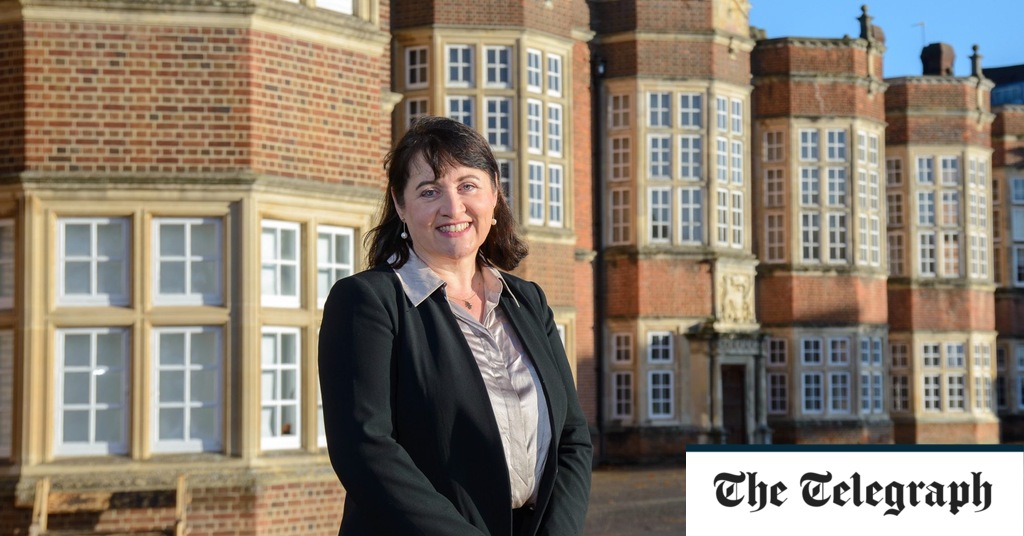Tom Dawson has been headmaster of Sunningdale School, in Berkshire, since 2005. It has 110 boys aged from eight to 13 and feeds major public schools. It celebrates its 150th anniversary next year; Dawson’s family bought it in 1967. Its alumni include Prince Michael of Kent, Henry Blofeld and the late Bamber Gascoigne. Now, like all independent schools, it faces jeopardy.
If Labour wins the next election it threatens to impose VAT on school fees, supposedly to fund a better state system. Sunningdale, Dawson says, charges “just over £30,000 a year. So VAT would be an extra £6,000 before any other extra costs. The VAT would have a significant impact. We are looking at different scenarios and ways of mitigating this.” However, “if we were to apply 20 per cent VAT a significant number of our parents would not be able to afford it”.
Katherine Jeffrey has been principal of New Hall School, in Essex, for 22 years. Formerly girls-only and run by unpaid canonesses, it is now co-educational with 150 teachers, and a similar support staff, and one of the largest local employers. “I was the first lay head, and this is the oldest Catholic school in the country that has always taken girls,” she says. It has no endowments: every cost is paid out of fees.
It has been housed in a Tudor palace since 1799. “There is no help from Historic England to maintain a site of historic importance – we have to find money for that,” Jeffrey says. It is one of the largest Catholic independent schools in Britain, teaching 1,400 children from nursery school to sixth form, with 300 boarders from 40 countries.
“You do not have to be Catholic to come here: you just have to support our ethos. We have an act of collective worship every day that is central to the school, and not optional.” For senior day pupils the fees are over £22,000 a year.
“The charitable purpose of this place is to promote the Roman Catholic faith through a Roman Catholic school,” she adds. “We are not for profit. It is the right and duty of every Catholic family to be able to access a Catholic education. And our education here has very distinctive features that are not repeated in the state sector.
“If people are priced out of our sector, they will not find an equivalent state education. Our local Catholic state school is heavily oversubscribed. Over 50 per cent of our families, I would say, are making a serious sacrifice to send children here, and some can barely afford it,” she says.


